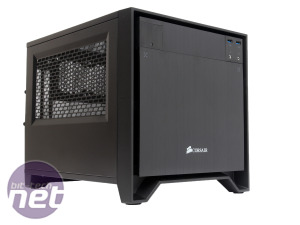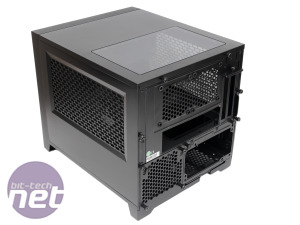
2014: Year in Review
2015 is set to be an exciting year for hardware enthusiasts. Broadwell desktop CPUs from Intel will soon be available, and the company even claims that its next-generation architecture, Skylake, is also on track for a 2015 release. We'll also see the next set of APUs from AMD, known as Carrizo, and AMD is also set to release new products in the GPU sector, hopefully giving it something to compete with Nvidia's Maxwell products. For its part, Nvidia is likely to release more Maxwell-based GPUs as it looks to update the vital mid-range portion of its product stack. We'll also hopefully see faster SSDs as PCI-Express based storage becomes more commonly accepted and used to break through the current limits of the SATA 6Gbps interface. A new version of Windows is expected to hit the shelves too and who knows what we'll see happen in the realms of virtual reality, 3D printing and the Internet of Things?Before we get to all that, however, we wanted to take a look at what 2014 brought us now that the year has passed and the New Year's Eve hangovers are faded. We've selected a few highlight products from each month of 2014 as well as a handful of what we felt to be the most interesting, exciting or important news stories we covered. Neither are in any particular order, but if there's something you loved that we haven't mentioned, do let us know in the comments.
January
AMD A10-7850K & A10-770K (Kaveri)

The first major hardware launch of 2014 was AMD's replacement for its Richland APUs in the form of Kaveri. The Kaveri parts were the first to feature AMD's GCN graphics architecture and TrueAudio DSP, and also the first APUs to utilise HSA (heterogeneous systems architecture) whereby the CPU and GPU have a closer relationship at the hardware level which developers can harness for more efficient use of the available processing power. Kaveri also introduced us to the FM2+ sockets and accompanying A88X and A78 chipsets. We looked first at the A8-7600, followed by the top-end, overclockable parts, the A10-7850K and A10-7700K. Performance-wise, the story is familiar – mediocre raw CPU performance in most applications coupled with undeniable GPU prowess, as Kaveri still has the best onboard graphics available in a desktop chip. HSA is also very interesting, and AMD is committed to a continued focus on it. How successful it will be remains to be seen but hardware always has to come before software, so it could well be a valuable investment.
Corsair Obsidian Series 250D


Corsair bided its time in entering the mini-ITX case market, but when it finally did so it didn't disappoint. The Obsidian Series 250D combines small dimensions with an easy to use design, solid cooling and ample room for hardware and cooling, including that of the liquid variety. One year on, it remains one of our favourite cases, and we've seen it put to good use in numerous builds, including those by system integrators and individual enthusiasts alike.
News
- Intel unveils Quark-based Edison microcomputer
- AMD recreates G-Sync, Nvidia plays it down
- NZXT releases water cooling-ready H440
- Toshiba completes OCZ acquisition

MSI MPG Velox 100R Chassis Review
October 14 2021 | 15:04








Want to comment? Please log in.